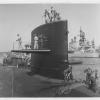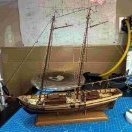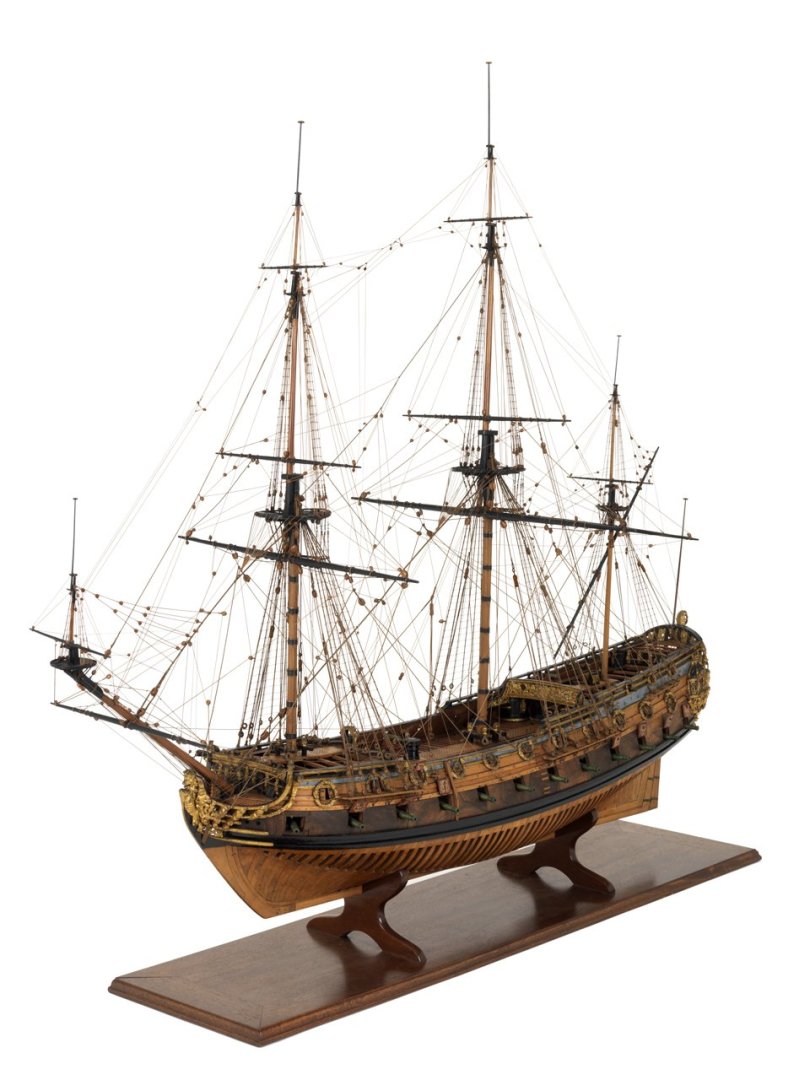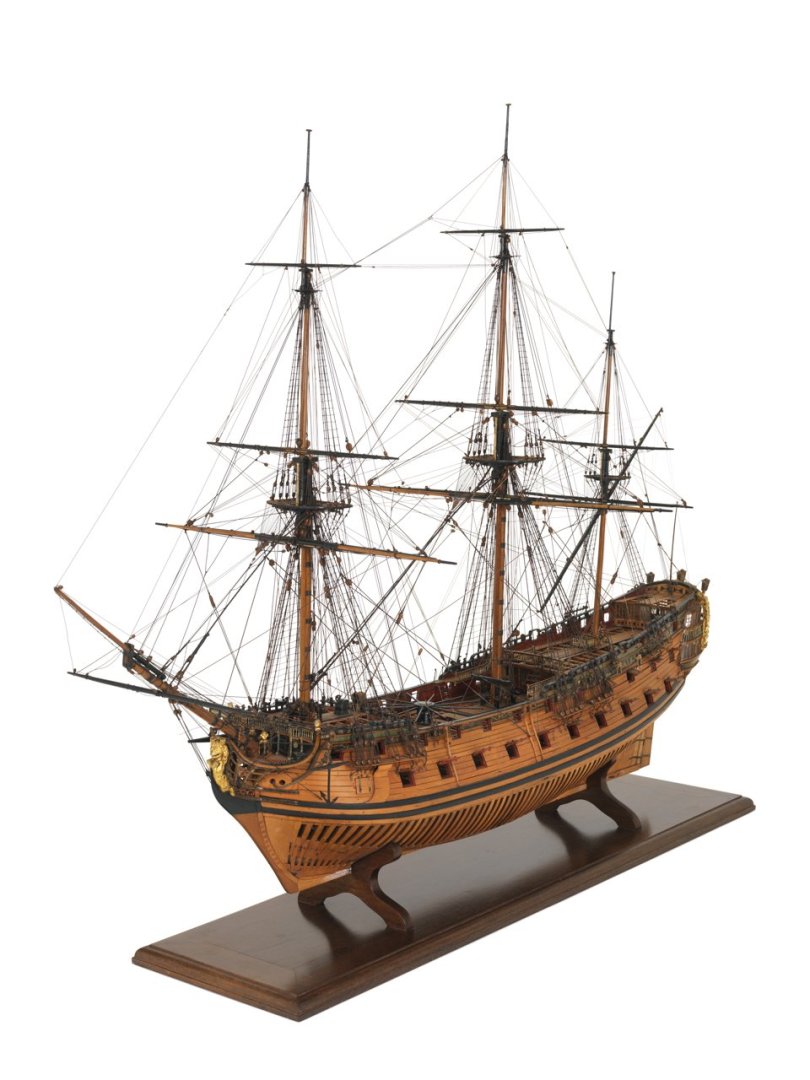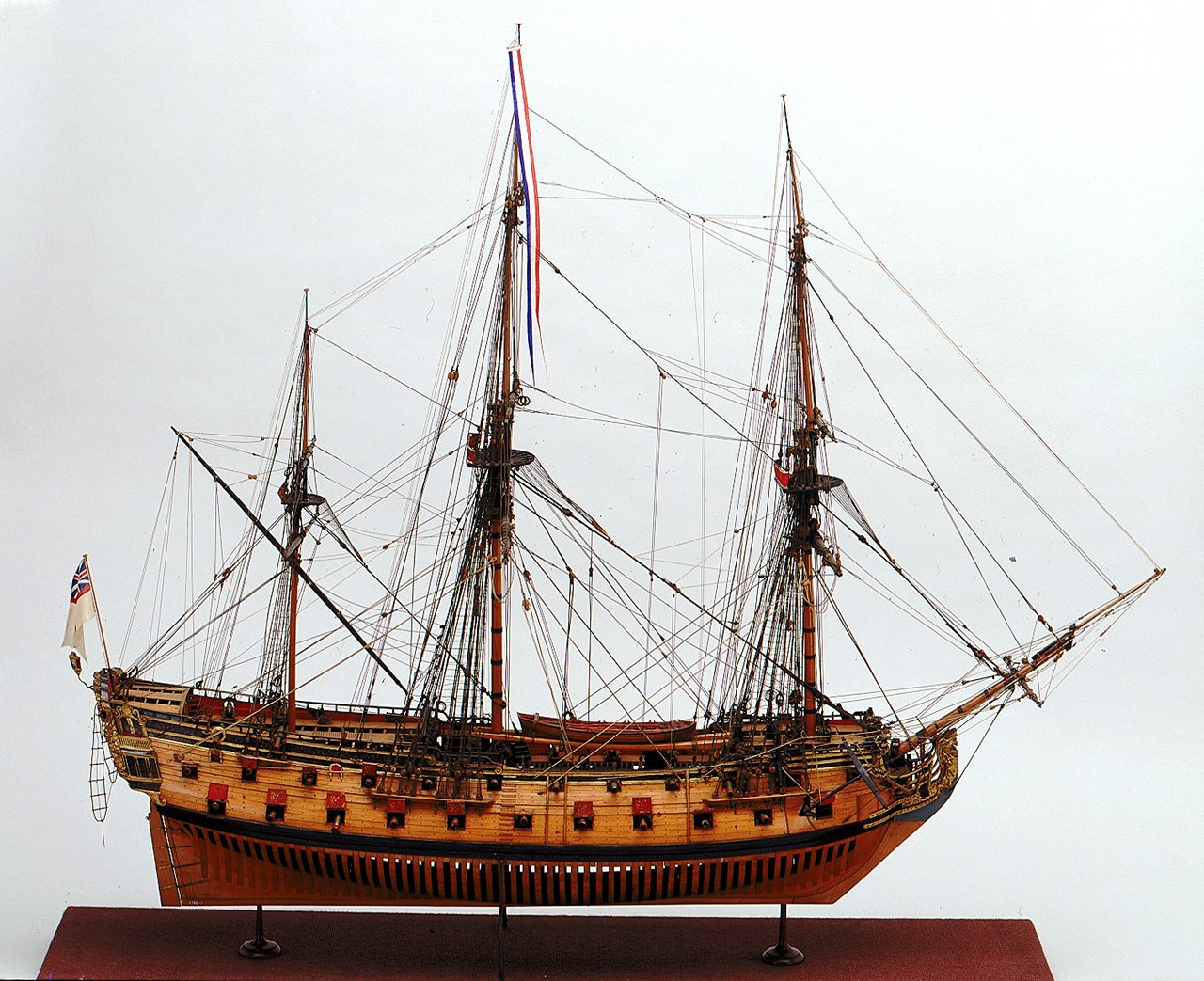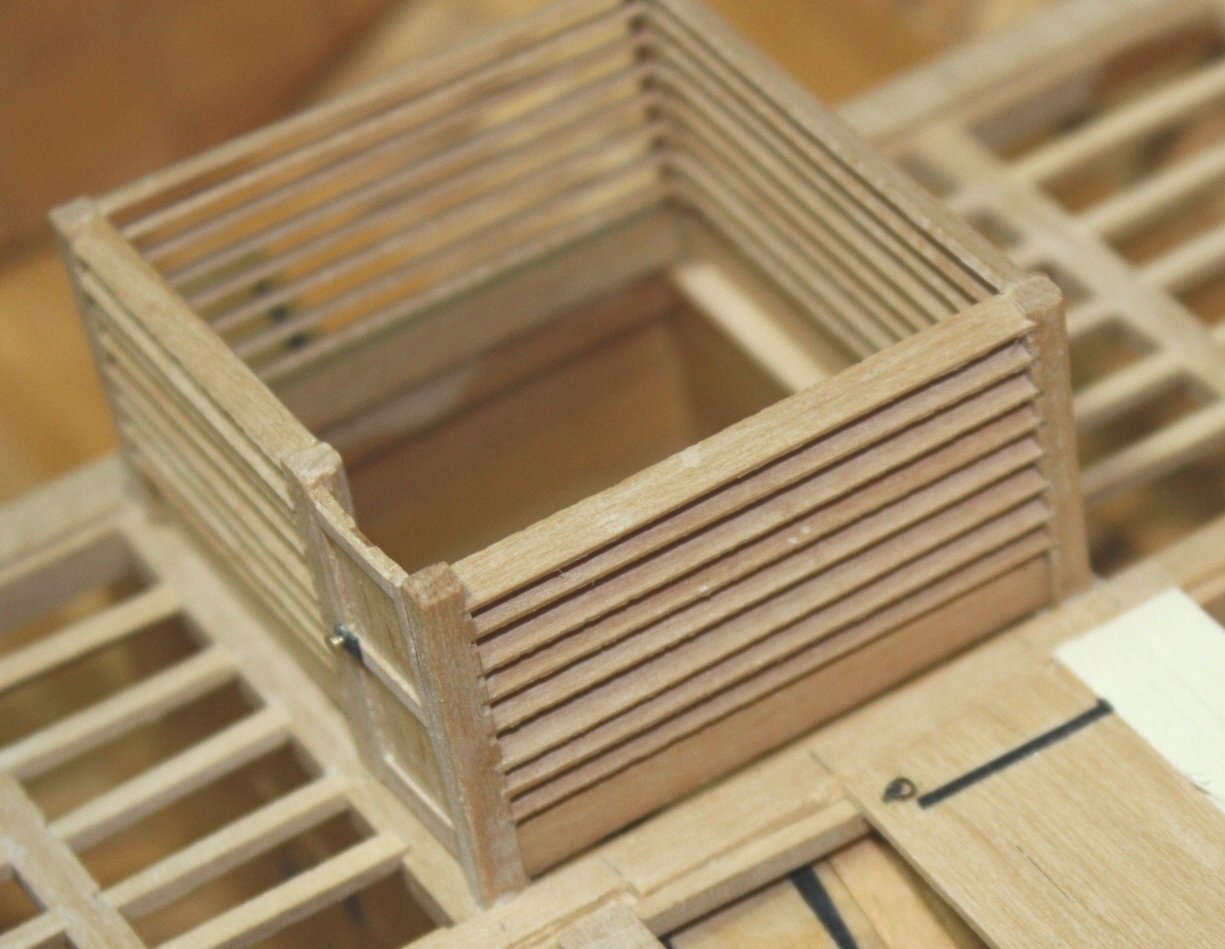-
Posts
8,047 -
Joined
-
Last visited
About allanyed

- Birthday 04/25/1947
Contact Methods
-
MSN
allanyed6469@gmail.com
-
Yahoo
allanyed6469@gmail.com
-
Skype
allan.yedlinsky
Profile Information
-
Gender
Male
-
Location
Ave Maria, Florida
-
Interests
Golf, fishing, ship modeling
Recent Profile Visitors
-
 allanyed reacted to a post in a topic:
Meteor by Jim Lad - Scale 1:96 - Immigrant Ship Of 1851
allanyed reacted to a post in a topic:
Meteor by Jim Lad - Scale 1:96 - Immigrant Ship Of 1851
-
 allanyed reacted to a post in a topic:
Mary Rose by Baker - scale 1/50 - "Your Noblest Shippe"
allanyed reacted to a post in a topic:
Mary Rose by Baker - scale 1/50 - "Your Noblest Shippe"
-
 allanyed reacted to a post in a topic:
Lady Nelson by Danstream - Amati/Victory Models - 1:64 scale
allanyed reacted to a post in a topic:
Lady Nelson by Danstream - Amati/Victory Models - 1:64 scale
-
 allanyed reacted to a post in a topic:
Lady Nelson by Danstream - Amati/Victory Models - 1:64 scale
allanyed reacted to a post in a topic:
Lady Nelson by Danstream - Amati/Victory Models - 1:64 scale
-
 druxey reacted to a post in a topic:
Lowell Grand Banks Dory by Reece - FINISHED - Model Shipways - 1:24
druxey reacted to a post in a topic:
Lowell Grand Banks Dory by Reece - FINISHED - Model Shipways - 1:24
-
 mtaylor reacted to a post in a topic:
Gun positions and their associated tackle
mtaylor reacted to a post in a topic:
Gun positions and their associated tackle
-
 Keith Black reacted to a post in a topic:
Hello from Ontario, Canada
Keith Black reacted to a post in a topic:
Hello from Ontario, Canada
-
 Keith Black reacted to a post in a topic:
HMS EURYALUS by Matiz - FINISHED - scale 1:56
Keith Black reacted to a post in a topic:
HMS EURYALUS by Matiz - FINISHED - scale 1:56
-
 mtaylor reacted to a post in a topic:
Hello from Ontario, Canada
mtaylor reacted to a post in a topic:
Hello from Ontario, Canada
-
 MBerg reacted to a post in a topic:
Hello from Ontario, Canada
MBerg reacted to a post in a topic:
Hello from Ontario, Canada
-
 Scottish Guy reacted to a post in a topic:
Hello from Ontario, Canada
Scottish Guy reacted to a post in a topic:
Hello from Ontario, Canada
-
Welcome to MSW Mberg Allan
-
 Freebird reacted to a post in a topic:
HMS Victory 1805 by Darius359au - Artesania Latina - 1:72 - Cross-Section
Freebird reacted to a post in a topic:
HMS Victory 1805 by Darius359au - Artesania Latina - 1:72 - Cross-Section
-
Tiziano You are most welcome and thank you again for allowing all of us to travel along with you on your journey. I am emailing you an idea you might like. Allan
-
 allanyed reacted to a post in a topic:
The Hayling Hoy by jpalmer1970 - 1:48 scale - First POF build
allanyed reacted to a post in a topic:
The Hayling Hoy by jpalmer1970 - 1:48 scale - First POF build
-
 allanyed reacted to a post in a topic:
Need help with HMS Beagle bowsprit
allanyed reacted to a post in a topic:
Need help with HMS Beagle bowsprit
-
 Keith Black reacted to a post in a topic:
John
Keith Black reacted to a post in a topic:
John
-
 allanyed reacted to a post in a topic:
Gun positions and their associated tackle
allanyed reacted to a post in a topic:
Gun positions and their associated tackle
-
Welcome to MSW John! Not to worry about the sails, you are not alone. While there are contemporary models rigged with sails, there are also many hundreds, including those at the Royal Museum Greenwich and Preble Hall in Annapolis, that are fully rigged sans sails. Three examples from the RMG Collections website of models built in 1695, circa 1714, and 1720 follow. Allan
-
 allanyed reacted to a post in a topic:
Fiber glassing over wood hull?
allanyed reacted to a post in a topic:
Fiber glassing over wood hull?
-
 allanyed reacted to a post in a topic:
HMS EURYALUS by Matiz - FINISHED - scale 1:56
allanyed reacted to a post in a topic:
HMS EURYALUS by Matiz - FINISHED - scale 1:56
-
I realize the kit has the supplied parts, but the future and FWIW, the bulkheads over the well on the orlop were typically louvered or partially louvered in the upper portion rather than having completely solid bulkheads. I could not find any reference that the upper well area was made entirely with solid bulkheads on Victory but she (and other ships) may be an exception. Allan
- 25 replies
-
- Victory
- Artesania Latina
-
(and 1 more)
Tagged with:
-
Hi Gregory Yes I am, but as with so many things very few are cast in stone on these ships of old. This is the first document I have seen that specifies other than singles on smaller than 32 pounders so heretofore I had relied on Caruana. The dates are very late in the 18th century so I wonder if this was a time of change for the types of blocks. So many choices. If Caruana missed this one too at least I am in good company. Appreciate your point. 😀 Allan
-
Welcome to MSW Jay. What is your area of interest, kit, scratch, era, etc? Allan
-
Curtiss (easier than p40warhawk1😀) First, WELCOME TO MSW. Please post a little intro in the new member forum and mention your project as it may get additional responses. Fiberglass saturated in resin can be applied but it will be the texture of fiberglass and difficult, if even possible, to give a super smooth finish. The following is not a great way to go for a one off, but will give you an idea of how fiber glass hulls are so nicely finished. When fiberglass is used to make a hull it is done in steps. The following is somewhat simplified but it should give you an idea of what is involved. First is making a plug that matches the shape of the hull (in this case, your model hull). This is finished to super smooth surface than coated with a mold release wax. This waxed hull/plug is then coated with gel coat and left to cure. Once cured a thick fiberglass and resin coat is made, usually with some wood or other reinforcing so the mold will not flex later on. Once the fiberglass resin is cured the plug is removed from the mold. Next the mold is coated with a mold release wax. Gel coat is then applied to the mold and allow to cure. Last, fiberglass and resin is layered in an appropriate thickness and allowed to cure. Once cured, the new glass hull is removed from the mold and the mold is ready for the next hull to be made. For your purposes and to use the hull you have already made as is, some coating such as just gel coat might work or more simply why not fine sand the hull you have, then apply four or five coats of a good quality spray finish/paint? There are wooden models with simple finishes that have been around for over 300 years. I am sure there are members here that can give you the benefit of their own experience for simple yet effective way to get what you are shooting for. Allan
-
Chris is of course correct that TFFM is based initially on building a fully framed model, but the volumes have a lot of application for any ship model in the days of sail. Such things as proper planking in volume I, making various realistic small parts such as a ship's wheel or chain pump housing and much much more in volume II and rigging in Volume IV. In the end no one book will answer address every ship, era or nationality. Allan
-
I have gotten great pleasure in following your build log Tiziano. I truly hope to see you again and the model the next time we are in Italy. Ciao amico mio Allan
-
Hi Gregg, I love the blocks from Syren. Hard to tell from the photos, are you using the internally stropped blocks that would be on Bluenose? They take a little doing to assemble but they enhance the model a lot as the blocks are prominent and very realistic. Regarding the silk span sails, there is a little booklet on making sails by David Antscherl at Sea Watch books for $5 as well as the Tom Laurie video mentioned by wmherbert that shows similar techniques. https://seawatchbooks.com/products/swan-iv-sail-making-supplement-from-the-revised-and-expanded-edition-by-david-antscherl Allan
-
Totally agree with you Dean. My library is in the neighborhood of 75 books, but there are fewer than ten that get used on a continual basis. Basics include Lees for rigging, Lavery and Goodwin for details, TFFM for a lot of "how to" information, and Scantlings of the Royal Navy for dimensional information on virtually every part of every size ship in the RN from 1719-into the early 19th century. Schooners bring out Chapelle. The Articles Database here at MSW has a ton of information as well. Allan
-

Drill bit suggestions
allanyed replied to SiriusVoyager's topic in Modeling tools and Workshop Equipment
My go to is McMaster Carr https://www.mcmaster.com/products/drill-bits/drill-bits-1~/ Allan -
This is a truly valuable resource but I have difficulty navigating it. Eberhard and Craig (or other members😀) -- I went to their main site and in the search bar typed various words such as pinnace, longboat, and launch and I get zero hits. Any tips on navigating their site? Sorry to be such a novice on this, but would love to learn. Thanks! Allan
About us
Modelshipworld - Advancing Ship Modeling through Research
SSL Secured
Your security is important for us so this Website is SSL-Secured
NRG Mailing Address
Nautical Research Guild
237 South Lincoln Street
Westmont IL, 60559-1917
Model Ship World ® and the MSW logo are Registered Trademarks, and belong to the Nautical Research Guild (United States Patent and Trademark Office: No. 6,929,264 & No. 6,929,274, registered Dec. 20, 2022)
Helpful Links
About the NRG
If you enjoy building ship models that are historically accurate as well as beautiful, then The Nautical Research Guild (NRG) is just right for you.
The Guild is a non-profit educational organization whose mission is to “Advance Ship Modeling Through Research”. We provide support to our members in their efforts to raise the quality of their model ships.
The Nautical Research Guild has published our world-renowned quarterly magazine, The Nautical Research Journal, since 1955. The pages of the Journal are full of articles by accomplished ship modelers who show you how they create those exquisite details on their models, and by maritime historians who show you the correct details to build. The Journal is available in both print and digital editions. Go to the NRG web site (www.thenrg.org) to download a complimentary digital copy of the Journal. The NRG also publishes plan sets, books and compilations of back issues of the Journal and the former Ships in Scale and Model Ship Builder magazines.






